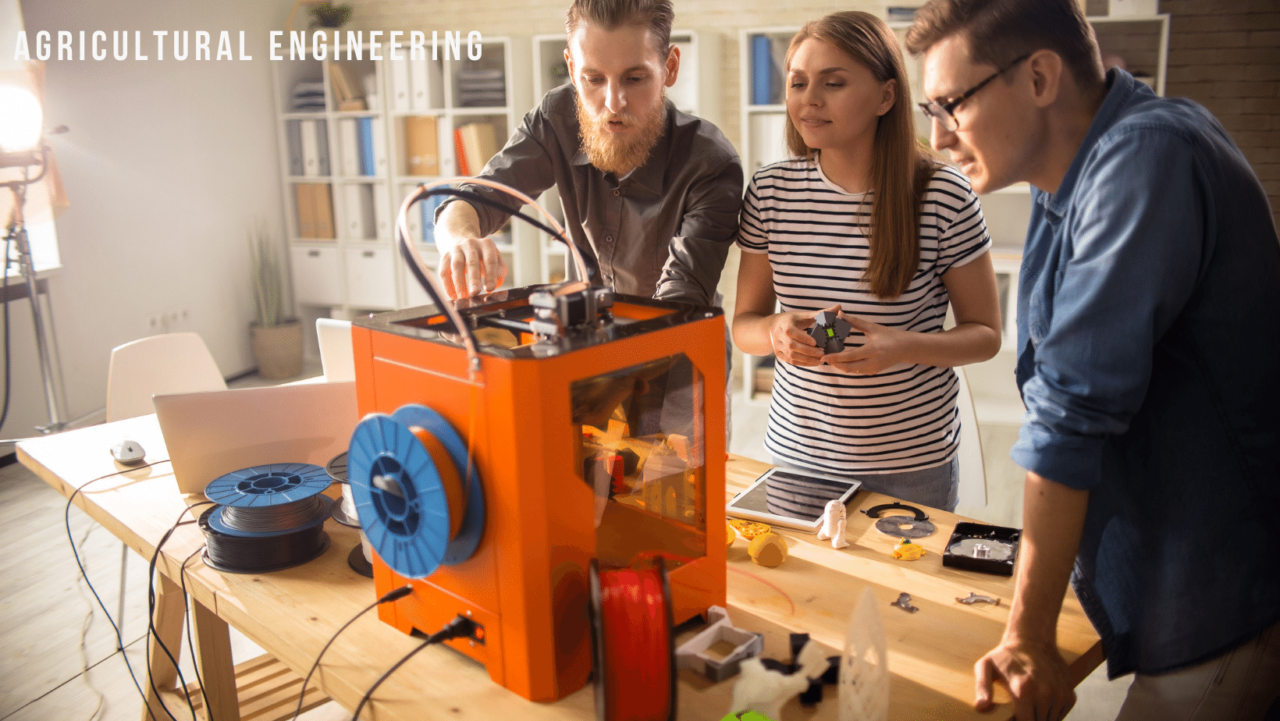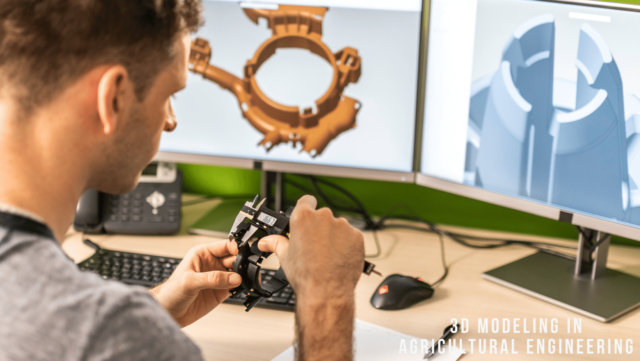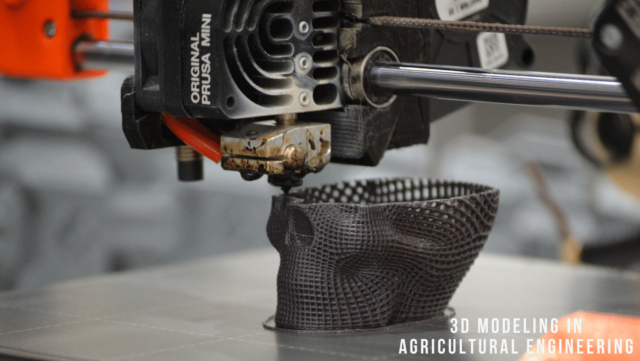From Concept to Reality: The Impact of 3D Modeling in Agricultural Engineering

The Benefits of 3D Modeling in Agricultural Engineering
One of the crucial benefits of 3D modeling in agricultural engineering is the provision of a more precise display of design ideas. In a traditional design method, drawings and blueprints are often two dimensional, which can be hard to get a grasp of for non-experts. But 3D modeling enables to design models that are realistic and interactive, and therefore stakeholders are able to see what the product will look like with accuracy. This enlarged visualization helps in better interaction and communication amongst team members, thus the decision making processes become more effective and efficient.

Virtual models will enable engineers to run various design iterations and to assess their viability in a virtual environment before committing to them in the real world. It is through this cyclical approach that we save both time and resources by recognizing problems or areas of improvement at the initial stage. Another advantage of 3D modeling is the fact that it allows engineers to simulate different scenarios, like changes in weather or crops growth pattern, hence they are able to make their designs as efficient as possible.
How 3D Modeling is Revolutionizing Farm Design and Planning
The application of 3D modeling in farm designing and planning has been a game-changer for the agricultural engineers, making them change how they work. The application of such technology can be seen in the case of irrigation systems design. Engineers can quite precisely assess the best placement of irrigation infrastructure, including pipes and sprinklers, by constructing virtual models of the farm and its physical features. Through this, the water is allocated efficiently, hence no wastage, and the most yield is achieved.
Through the development of virtual models of barns, silos or greenhouses, engineers can perfect their designs for flow of work and spacing. It enables farmers to use their available land maximally and run the farm in a proper way.
The Role of 3D Printing in Agricultural Engineering
While 3D modelling has considerably transformed the design and planning processes of agricultural engineering, 3D printing has come up as a supplementary technology which is also equipped with a variety of applications. 3D printing (additive manufacturing) is a type of manufacturing process which fabricates a physical part by adding layers of materials based on a digital model.
3D printing can be applied to different areas in agro-engineering. On the other hand, it may be employed to fabricate new parts that do not exist already in the context of machinery or equipment. Alternatively, engineers are able to fabricate and print the parts needed in a short period of time which is faster and takes less money than the traditional manufacturing methods. This decreases the time of downtime and provides a continuous workflow even when the farming operations are underway.
3D printing provides the possibility of producing complicated geometry or prototypes that would be difficult to make with the help of traditional methods. An example of such is engineers manufacturing and printing intricate irrigation nozzles and specialized sensors that enhance precision agriculture practices. This degree of individualization gives the farmers the ability to customize their tools according to their needs and, consequently, improving efficiency and productivity.
The Use of 3D Modeling in Precision Agriculture
At its core, precision agriculture is a method that employs technology to improve farming efficiency and to maximize crop production while at the same time minimizing production inputs. It is a process of gathering data from different sources, like sensors, drones, and satellite imagery, and then using this information to determine the best course of crop management.
3D modeling has great significance when it comes to precision agriculture because it serves as a visual representation of the farm and its features. Through the interconnection of different data sources into one virtual model, engineers can analyze and interpret the collected information more efficiently. For instance, they can map the satellite images on the 3D model to find the spots in the farm that need extra care, such as the spots that need more nutrients or the ones that are infested with pests.
The Impact of 3D Modeling on Crop Production and Management
Although 3D crop model is being applied in crop production and management, this technology has revolutionized the approach farmers take to their work. One example of this is the determination of a planting pattern in the process of planning and management. This can be achieved by developing virtual prototypes of the farm and its relief, which will help farmers to choose the right planning strategy for the most efficient use of the fields. They can assess things like solar radiation, soil type, or water conditions and decide on which crops to grow at which location. At this degree of accuracy, each plant will receive all vital resources for the best possible growth. This in turn leads to increased yield of the crops.

Also, 3D model is used to observe and control the crops health. Via data integration from sensors or drones into the virtual model, the farmer can locate the parts of the farm that need to be looked into, like the nutrient deficiencies or diseases outbreaks. This implies that the application of nutrients or pesticides is only done in the required areas, which leads to cost reduction and the reduction of environmental impact.
The Future of Agricultural Engineering with 3D Modeling
The range of 3D model applications in agricultural engineering is quite broad and progresses due to the continuous development of technologies. We will witness more and more use of 3D modeling tools and applications in agriculture as technology continues to progress and become cheaper.
An aspect with a great potential is the utilization of Virtual Reality (VR) and augmented reality (AR) in agricultural engineering. Through the fusion of 3D modeling with VR or AR technologies, engineers can design interactive activities where users can experience a virtual farm scenario. The said can be very useful for training purposes or for demonstrating design ideas to the stakeholders.
